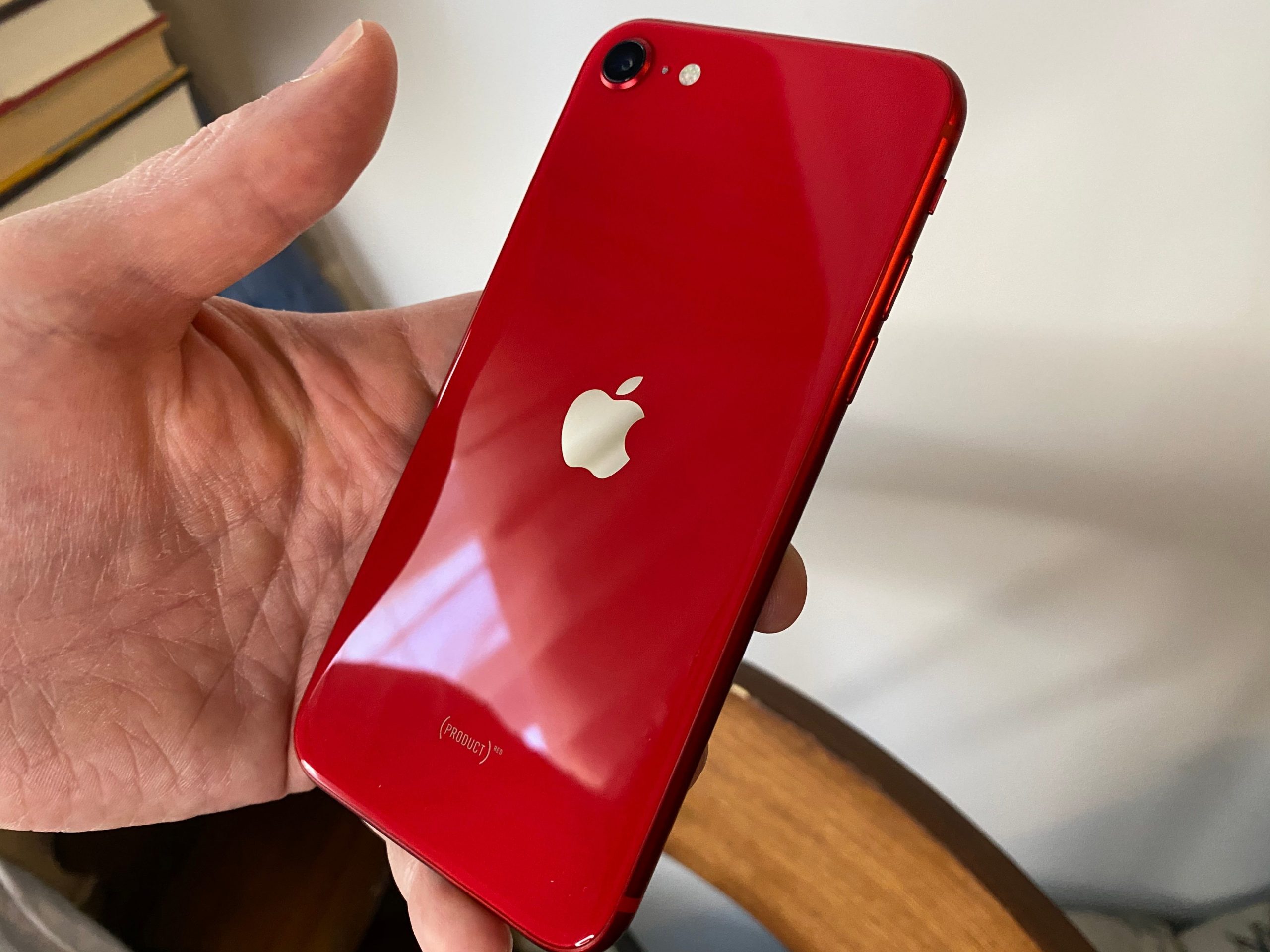- Apple’s decision to launch a smaller, cheaper iPhone during the pandemic has clearly paid off, helping to push the company’s iPhone business back to growth.
- It was one of the highlights in Apple’s blowout fiscal third-quarter earnings, which saw overall revenue increase year-over-year by 11%, the company said on Thursday
- The company’s iPhone business grew by 2% year-over-year after experiencing multiple quarters of declines.
- Many analysts didn’t expect the iPhone to return to growth until Apple’s anticipated 5G iPhone arrives.
- But the cheaper $400 iPhone SE gained traction during the company’s fiscal third-quarter, even as consumer spending habits had changed.
- During the earnings call on Thursday, CEO Tim Cook also credited the iPhone SE with getting more smartphone users to switch to the iPhone from competitors like Android.
- Visit Business Insider’s homepage for more stories.
Apple’s bet to launch a smaller, low-cost iPhone is clearly paying off, helping to push the company’s all-important iPhone business back to growth after several quarters of decline even during a global pandemic.
Apple posted blowout earnings results for its fiscal third-quarter of 2020, coming after the coronavirus pandemic appeared to stall the company’s growth last quarter. Among the highlights was Apple’s revelation that iPhone revenue had grown by 2% year-over-year, generating $26.4 billion in revenue compared to $25.9 billion in the same period one year ago.
Apple cited the new iPhone SE, its $400 iPhone that debuted back in April, as a key reason why its iPhone business had grown this past quarter. Positive reception of the iPhone SE, along with higher iPhone demand in May and June, continued economic stimulus, and the reopening of some store locations, set the stage for a great quarter for the iPhone and all of Apple’s products.
The strong results come after Apple’s iPhone sales had fallen for several quarters, only growing in its most recent holiday quarter before dipping again in the second quarter of 2020. It’s not just Apple that has struggled, however – the global mobile device market experienced industry-wide decline in recent years, according to the International Data Corporation. That’s largely because the market is saturated, smartphone prices had increased, and people have been holding onto their devices for longer periods of time before upgrading.
The $400 iPhone SE is one of Apple's biggest attempts yet to curb those negative trends by offering a phone for nearly half the price of its flagship iPhone 11, but with the same new processor.
Many analysts predicted that it would be Apple's first 5G iPhone, expected to debut this fall, that would bring the company's smartphone business back to growth.
What they certainly didn't expect was that Apple's iPhone business would show growth during a global pandemic that has damaged the economy and uprooted consumer spending habits. The pandemic pushed personal savings rates to an all-time high of 33% in April, the United States Bureau of Economic Analysis announced in late May, showing that Americans had prioritized saving over spending as unemployment rates soared.
That could have made the iPhone SE's low price particularly appealing to those looking to upgrade their iPhone.
"And it also seems to appeal to some people that were holding onto the device a little longer because they wanted a smaller form factor phone," Apple CEO Tim Cook said during the company's earnings call. "And so the combination of the smaller form factor and an incredibly affordable price made the iPhone SE very popular."
The growth isn't just from people upgrading their existing iPhones, however. Based on Cook's comments, it sounds like the SE may have also convinced more people to make the switch from Android.
"The iPhone SE, it's also clear that from the early data we're seeing a higher switcher number than we did in the previous year, which we feel very good about," Cook said.
Apple said some of its product segments, such as the iPad and Mac, likely saw growth because people have been relying on such devices to work, socialize, and consume entertainment while under stay-at-home orders.
Although it had a blockbuster quarter that exceeded expectations, Apple's iPhone business is not necessarily back on track for good. The company didn't issue guidance for its fiscal fourth-quarter, citing uncertainty caused by the pandemic. In another indication that the pandemic is still causing businesses like Apple to change course, the company reclosed some of its retail stores in the US in areas where cases have spiked after initially reopening locations in May.
Moreover, Apple's bar to achieve year-over-year growth may not have been so high: iPhone sales had dropped in the company's fiscal third-quarter of 2019, which this quarter's sales were compared against. Analyst estimates were also muted given the pandemic.
Regardless, it's still enough to get Wall Street excited about the iPhone again, diverting potential concerns about the anticipated iPhone 12 seeing a slightly delayed launch this fall.

